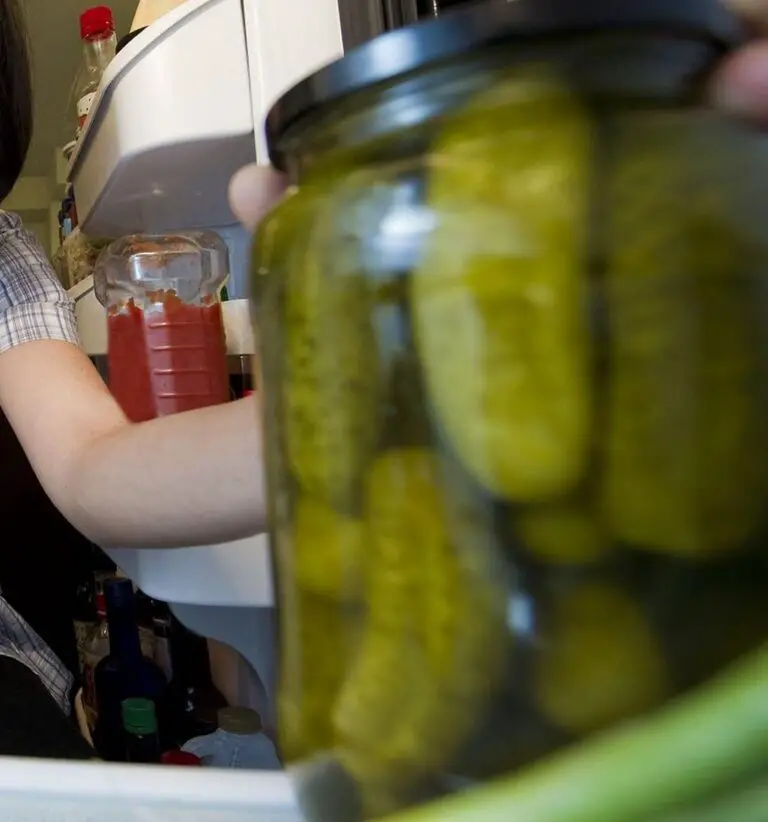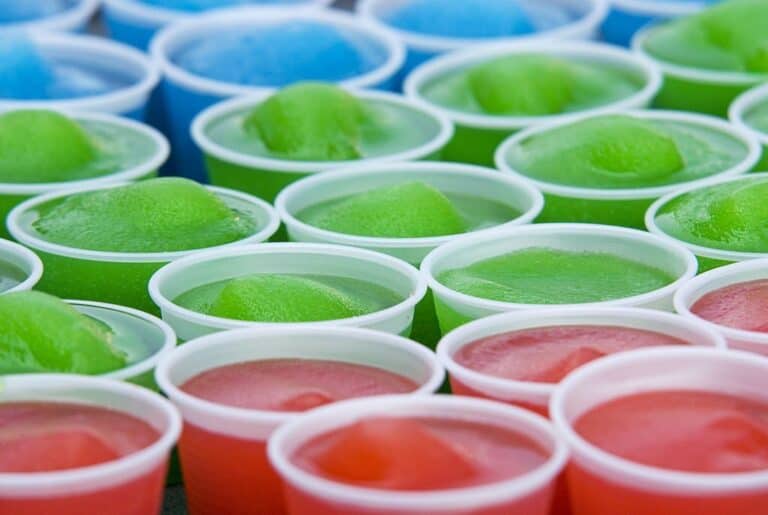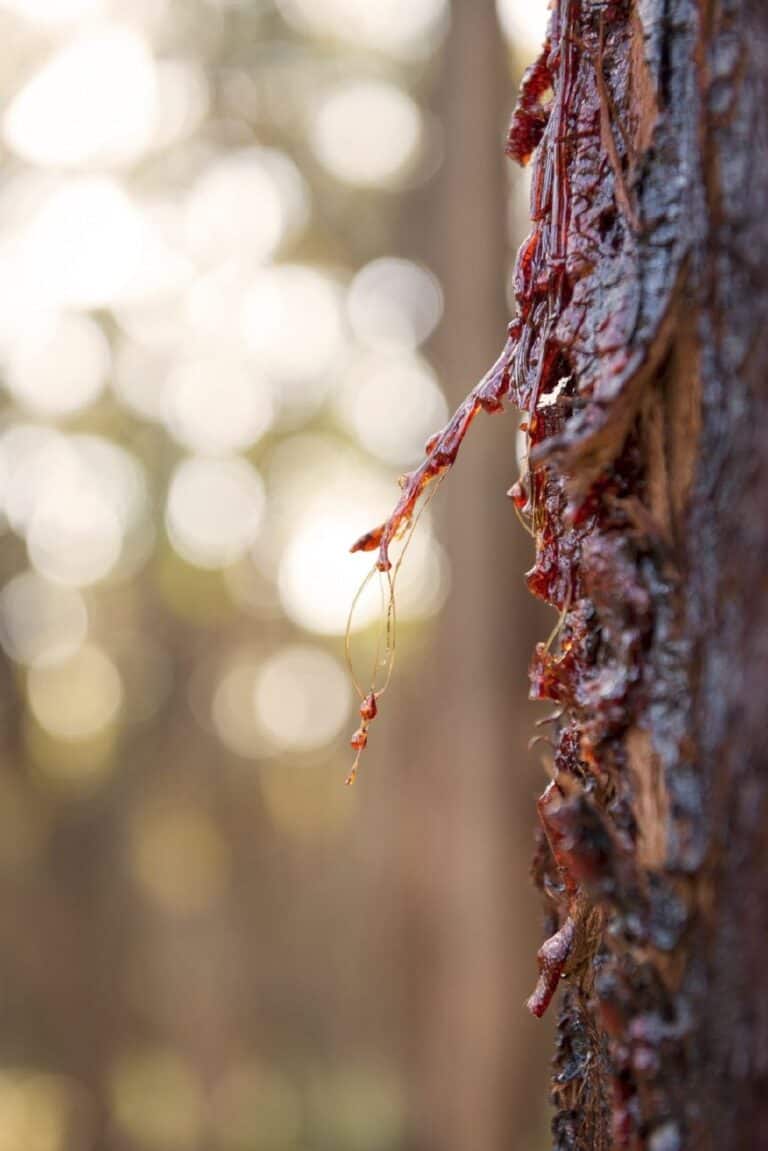Do You Need Sugar to Activate Yeast? Can You Activate with Just Water?
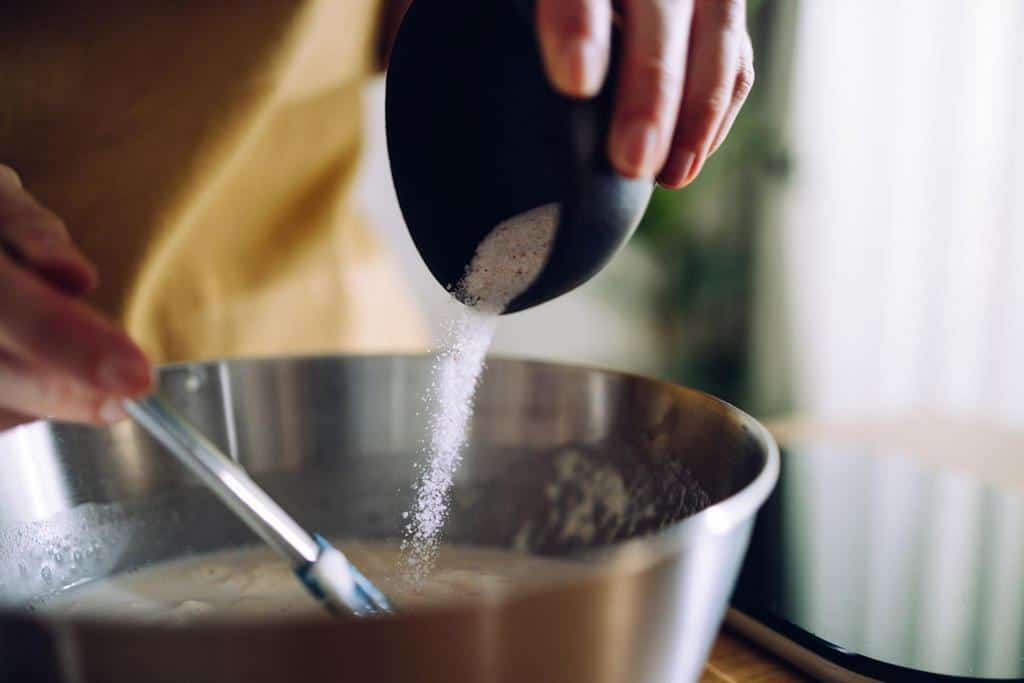
Welcome to the world of baking, where yeast is one of the essential ingredients that make our baked goods rise and turn out fluffy and delicious. Yeast is a living organism that feeds on sugar and produces carbon dioxide, which is what makes dough expand and become airy. However, have you ever wondered if sugar is the only ingredient that can activate yeast? Or if you can activate it with just water,
With so much information available online, it can be challenging to find a straightforward answer. However, worry not, as we’re here to help you demystify this topic and get to the bottom of it.
In this article, we’ll explore the relationship between yeast, sugar, and water. We will answer the question: do you need sugar to activate yeast? Furthermore, we’ll also address the second question, which is whether or not you can activate yeast with just water.
So, if you’re an aspiring baker or just curious about the science behind yeast, keep reading. We’ll explain everything you need to know about yeast, its activation process, and how to use it in your baking endeavors.
Whether you’re making bread, pizza dough, or cinnamon rolls, understanding the role of yeast in baking is crucial for success. So, let’s dive in and explore this fascinating topic!
The Basics of Yeast and Its Role in Baking
Yeast is a fascinating microorganism that plays an essential role in baking. It is a living organism that belongs to the fungi kingdom and is used to leaven dough. The presence of moisture, warmth, and a food source—typically sugar—activates yeast. Once the yeast is activated, it begins to consume the sugar and release carbon dioxide gas, which causes the dough to rise.
Yeast is not only used in bread, but also in other baked goods such as pizza dough, cinnamon rolls, and pastries. In fact, without yeast, we would not have many of the baked goods that we enjoy today. The use of yeast in baking can be traced back to ancient Egypt, where it was used to make bread. The process of fermenting dough with yeast has been refined over the centuries. It has resulted in the wide variety of bread and baked goods that we have today.
The most common types of yeast used in baking are active dry yeast, instant yeast, and fresh yeast.
- Active dry yeast, small granules that are dormant until they are exposed to warm water, is the most commonly used yeast in baking.
- Instant yeast is similar to active dry yeast but is milled into smaller granules, making it easier to dissolve in liquids.
- Fresh yeast, also known as cake yeast, is a moist, crumbly form of yeast that is sold in small blocks.
How to Use Yeast in Baking
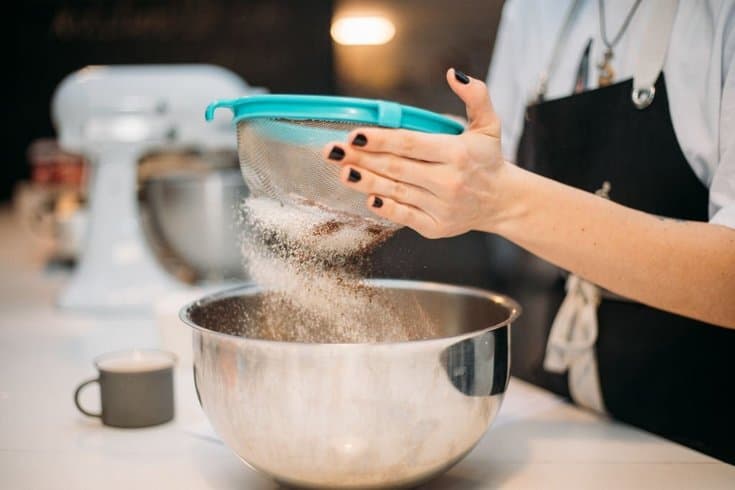
Yeast is a fundamental ingredient in baking, and there are different ways to use it, depending on the recipe you are making. The two most common types of yeast used in baking are active dry yeast and instant yeast. The key difference between the two is the way they are activated.
Active dry yeast must be dissolved in warm water before it is added to the recipe. The yeast must be awakened before it can feed on sugar and produce carbon dioxide. To activate active dry yeast, mix it with warm water and a small amount of sugar. Then let it sit for about 5 to 10 minutes until it starts to bubble and become foamy. This indicates that the yeast is alive and ready to use.
Instant yeast, on the other hand, can be added directly to the recipe without being dissolved in water first. This is because instant yeast is more finely ground than active dry yeast and contains a higher percentage of live yeast cells. As a result, it activates more quickly and doesn’t need to be dissolved in water first.
When using yeast in baking, it’s essential to use the correct amount for the recipe. Too little yeast will result in dense, heavy bread, while too much yeast can cause the bread to rise too quickly and then collapse. As a general rule of thumb, use 1 teaspoon of yeast for every 3 cups of flour. However, it’s always best to follow the recipe’s specific instructions for yeast measurement.
Another crucial factor to consider when using yeast in baking is the temperature of the water or other liquid you are using to activate it. Yeast thrives in a warm, moist environment, so the water should be lukewarm to the touch. If the water is too hot, it can kill the yeast, and if it’s too cold, the yeast will not activate correctly.
In addition to temperature, the environment in which the dough is rising is also critical. Yeast needs a warm, draft-free place to rise properly. Ideally, the dough should be placed at room temperature or in a warm spot, such as a turned-off oven with the light on or on top of the refrigerator.
If you try the above steps but the yeast is not foaming, there is some possibility that this is happening. Mostly, the yeast has expired, there is too much sugar, the water is too hot, or you are stirring aggressively.
Do You Need Sugar to Activate Yeast? Can You Activate with Just Water?
One of the most common misconceptions about yeast is that it needs sugar to activate. While sugar can be used to activate yeast, it is not a requirement. Yeast can be activated with just water, as long as the water is warm enough to wake up the dormant yeast cells.
When yeast comes into contact with warm water, it begins to rehydrate and come out of its dormant state. As it rehydrates, it begins to feed on the natural sugars present in the flour. The yeast cells then start to multiply, consuming more sugar and producing carbon dioxide gas, which causes the dough to rise.
However, using sugar in combination with warm water can speed up the activation process, allowing the yeast to become active more quickly. The sugar provides a quick source of food for the yeast, which can help it become active faster. This is why many recipes for bread and other baked goods call for the addition of sugar to the warm water and yeast mixture.
It’s important to note that the type of sugar used can also affect the activation of yeast. White granulated sugar is the most commonly used sugar in baking, but other sugars, such as brown sugar or honey, can also be used. These types of sugars can provide additional nutrients for the yeast, which can help it become more active.
In addition to sugar, other ingredients can also affect the activation of yeast. Salt, for example, can inhibit the growth of yeast, so it is important to add it to the dough after the yeast has been activated. Acidic ingredients like vinegar can also affect yeast activation, so avoid using them.
The Effects of Different Water Temperatures on Yeast Activation
When it comes to activating yeast, water temperature is critical. The temperature of the water can significantly affect the rate at which yeast activates and how well it performs in the dough. In general, fresh yeast will activate between temperatures of 35°C (95°F) and 45°C (113°F), with an optimum temperature range of 37°C (98.6°F) to 40°C (104°F).
If the water is too cold, the yeast will not activate quickly enough, and the dough will take longer to rise. On the other hand, if the water is too hot, the yeast cells can be damaged or even killed, resulting in dough that does not rise properly.
It’s important to note that different types of yeast require different water temperatures for activation. Active dry yeast, the most commonly used type of yeast, requires warm water between 38°C (100°F) and 43°C (110°F) for activation. Instant yeast, on the other hand, can be activated in water as low as 35 °C (95 °F) or as high as 49 °C (120 °F).
In addition to affecting the activation of the yeast, water temperature can also impact the flavor and texture of the finished product. If the water is too hot, it can result in a dough that is dense, heavy, and dry. Conversely, if the water is too cold, the dough may be overly soft and not hold its shape well.
One way to ensure that the water is at the correct temperature for yeast activation is to use a kitchen thermometer. Another method is to test the water’s temperature with your finger. The water should feel warm to the touch, but not hot. It should be roughly the same temperature as your body.
How Much Water Does It Take To Activate Active Yeast?
The amount of water needed to activate yeast depends on the type and quantity of yeast being used. Typically, a quarter-ounce packet of active dry yeast requires about ¼ cups of warm water to activate. The water should be around 38 °C (100 °F) to 43 °C (110 °F) to ensure optimal yeast activation.
When activating yeast, it’s important to dissolve it in warm water to allow the yeast to absorb the water and activate properly. Dissolving yeast in cold water can prevent the yeast from activating and result in a dense, heavy dough.
In addition to warm water, most recipes call for sugar or another form of sweetener to be added to the yeast mixture. The sugar provides a food source for the yeast, which helps it grow and multiply. The amount of sugar needed varies depending on the recipe, but typically 1-2 teaspoons are sufficient.
Once the yeast mixture is prepared, it should be allowed to sit for 5–10 minutes to activate. During this time, the mixture should become frothy and bubbly. This indicates that the yeast is active and ready to be added to the dough.
Note that the amount of water and sugar needed to activate yeast depends on the recipe and yeast quantity. It’s always best to follow the instructions provided by the recipe to ensure optimal results.
Conclusion
To activate yeast for use in baking, mix it with warm water and sugar first. The mixture is then left to sit for a few minutes until it becomes frothy and bubbly. This process is called proofing or blooming, and it allows the yeast to become active and ready to leaven the dough. Once the yeast is activated, it is added to the dough mixture, which is then kneaded and left to rise before being baked.
The amount of yeast used in a recipe can vary depending on the type of yeast and the recipe itself. It is essential to follow the recipe’s instructions carefully and use the correct type of yeast. Too much yeast can cause the dough to rise too quickly, resulting in a loaf that is overly fluffy and has a weak structure. Too little yeast can result in dense, heavy bread that does not rise properly.


